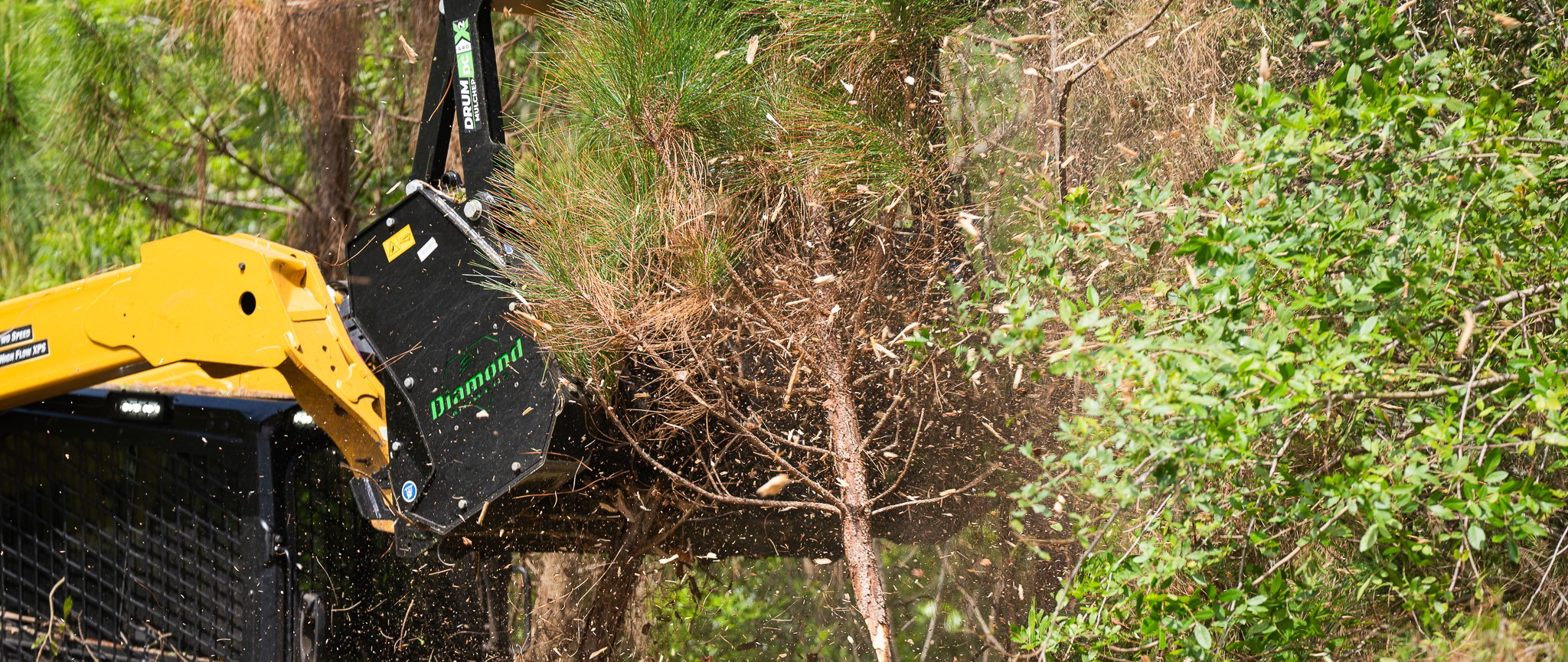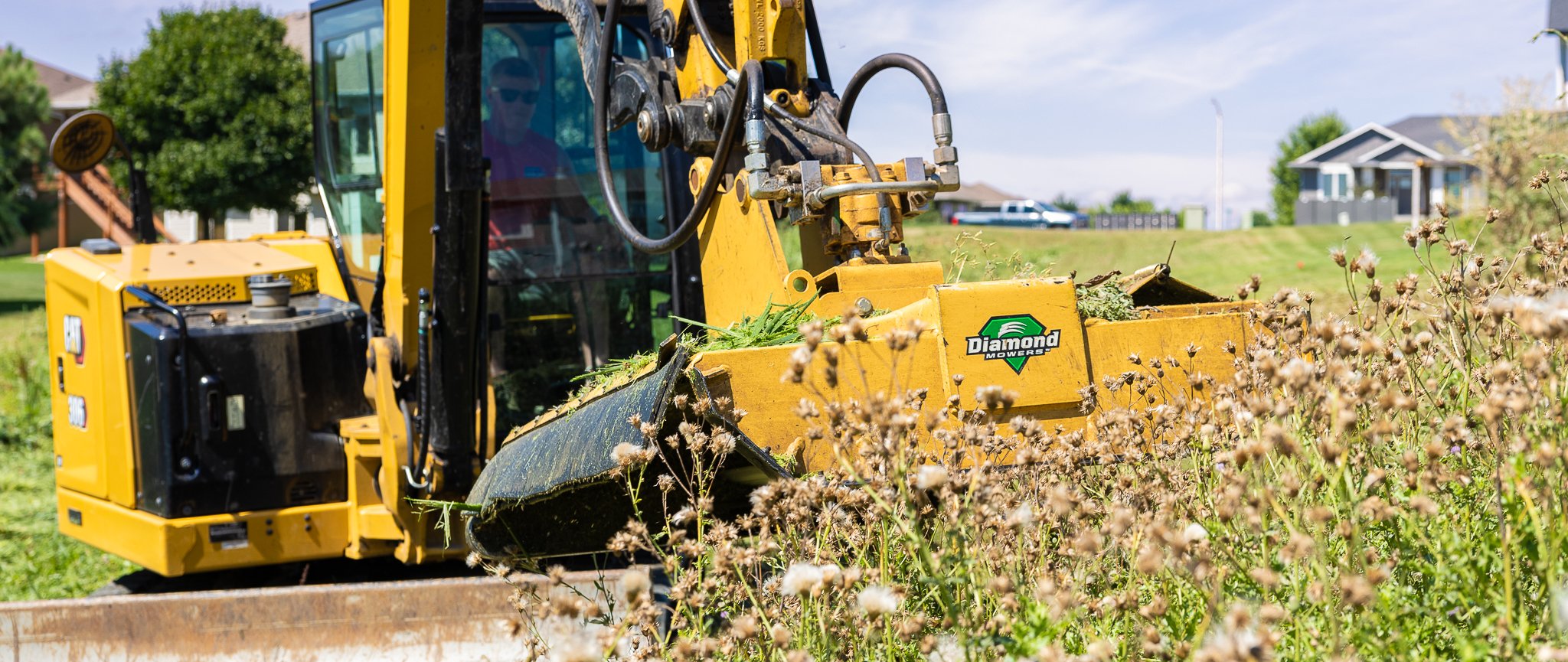Conquering Chinese Tallow - An Invasive Species In The South
Feb 09, 2018 . 1 min read
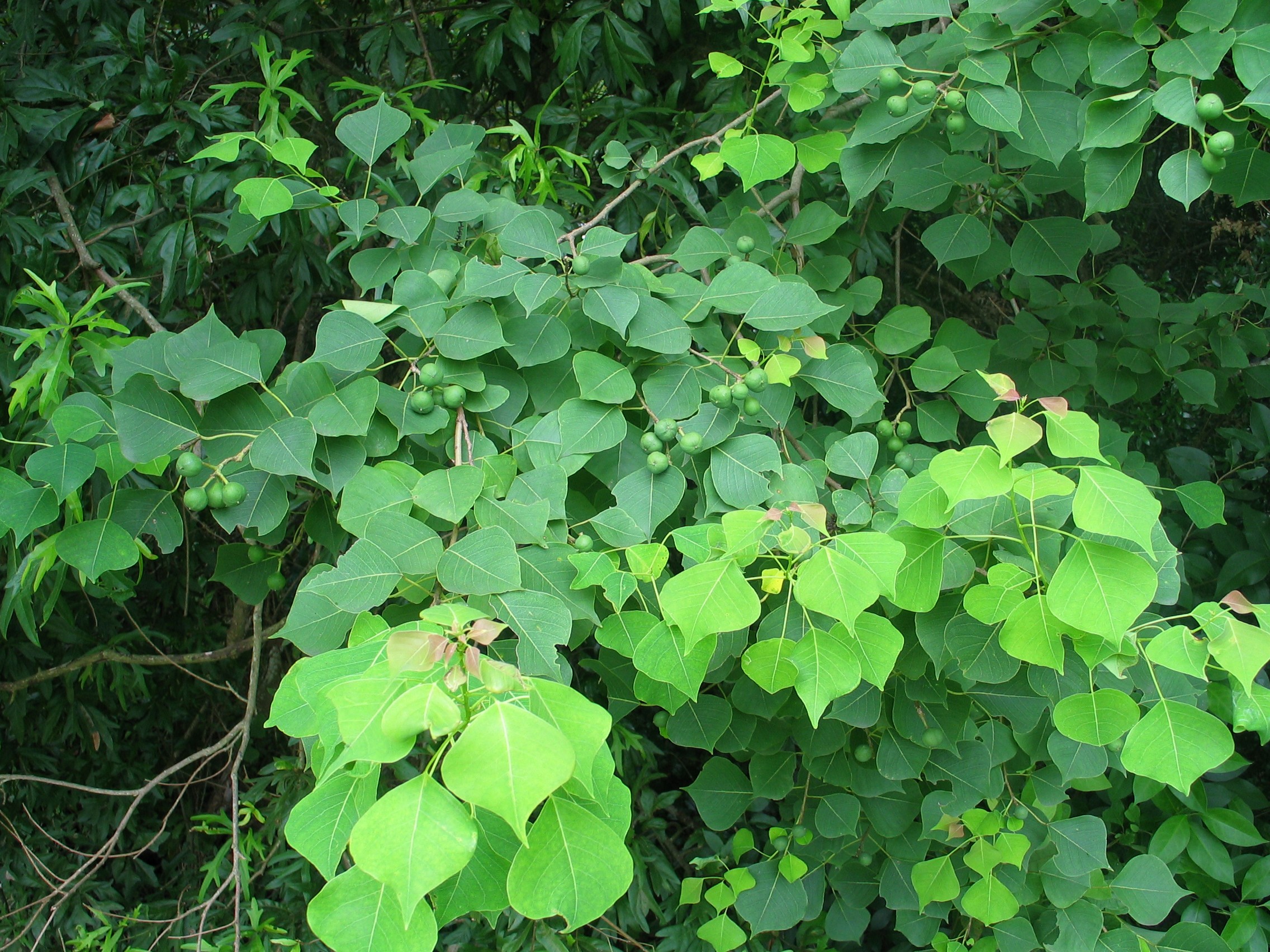
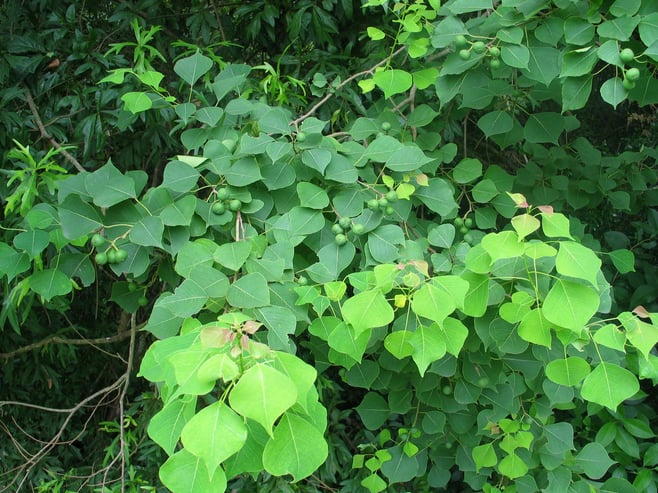
Chinese Tallow trees are noxious invaders of the Southern US that are dangerously expanding by out-competing native vegetation.
Origins
The Chinese Tallow Tree, which is native to China and Japan, was first brought to the United States in the 1700s. It was later distributed by the US Department of Agriculture throughout the Gulf Coast in the 1900’s in an effort to establish a soap making industry. It is commonly found today in Southern states of the US from Texas to North Carolina, as well as in California. Though it is commonly planted now for its brilliant colors in the fall, it has become known as an invasive species.
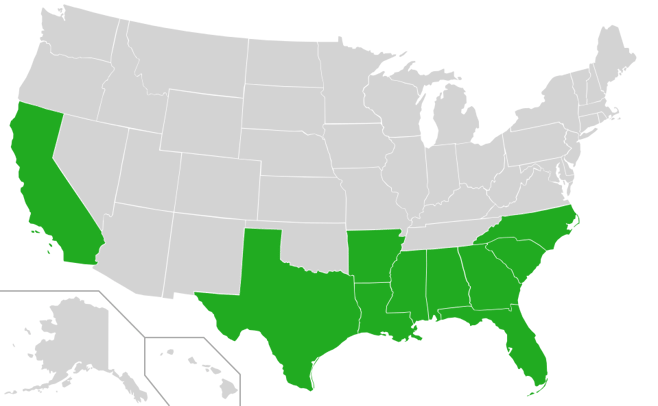
Map showing distribution by US state for Triadica sebifera, (syn. Sapium sebiferum) (Chinese Tallow). (Photo courtesy of WIKIMEDIA COMMONS)
Key Traits
To identify the Chinese Tallow Tree, you will notice the following traits:
- Grows up to 60 feet tall and 3 feet in diameter
- Bark is light to dark gray
- Leaves are round with a tip that tapers to a short point
- In the fall, these leaves change from a medium green color to yellow, orange, or red
- It produces small yellow-green flowers with not petals in the spring, around April to June.
- Fruit develops in clusters of 3 to 4 and are green in color
- The fruit dries and turns white when it matures in the late summer
How It Spreads
The tree can began producing seeds as young as three years old and a mature tree can produce as many as 100,000 seeds annually, which are then spread by birds and water. This tree can commonly be found invading riverbanks, wet areas, and ditches. It can thrive in both freshwater and saline soils, as well as withstand floods and shade.
Problems
Without land management, it can grow rapidly and take over native vegetation.
- Can create too much shade for native species
- Fallen leaves can contain toxins, which can negatively impact the soil conditions
- It can reduce habitat for wildlife and reduce grazing land for livestock
.
Solution
In an effort to control the spread of this invasive species, landowners are reclaiming their land by using a mechanical solution, instead of chemical solutions. Diamond offers a Skid-Steer Forestry Mulcher as an option for individuals looking to reclaim their land. This solution has the ability to cut and mulch material up to 14” in diameter and will grind stumps below ground level.
Watch the Diamond Skid-Steer Forestry Mulcher in Action below:



